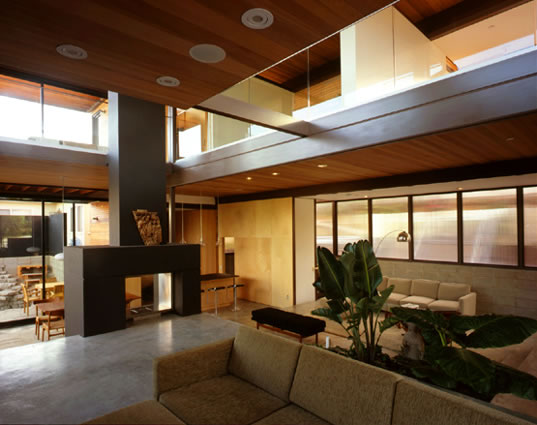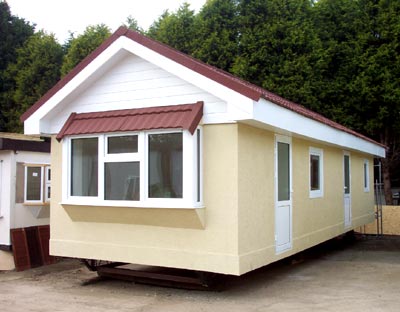Home Room Addition & Home Expanding Planning
Adding a room to your house is a very exciting project However, before embarking building a family room addition the homeowner should first consider several important items. These items include: home market values in the neighborhood, financing, home building costs, family room design plans (size and scale of project), architecture, and timetable for completion, personal disruption/inconvenience threshold and the sweat equity commitment level.

Designing a Family Room Addition and Assessing Market Value
Prior to actually breaking ground on a family room addition, it is best to first have a plan. You need to determine what you are looking for in additional living space. For example: How many square feet? What types of rooms? Once this is understood, it is then important to find out the market value of homes in the local area with similar size and features to the new and improved home. With this information the homeowner can then calculate the difference between their current home market value and the new and improved home market value. This difference should represent the maximum cost budget for the new addition if a positive investment is desired. For example, a homeowner would not want to spend $40,000 on a new family room addition that provides only $20,000 in increased market value to the improved home.

Schedule and Sweat Equity Commitment
The next two items that should be considered include the timetable for completing the project and the homeowner sweaty equity commitment level. Many homeowners assume they can do a lot more than they are either skilled to do or have the time to do. From personal experience, I would suggest contracting out the site/ground work, rough framing, roofing, siding, heating/cooling, and the . All of these tasks require skill, time and brawn. If local laws permit, electric and plumbing may be tackled by the homeowner. However, both require skill and can be life threatening if not performed properly. Other tasks that a homeowner could tackle include installing interior doors, finish trim, painting, cabinet installation, tiling and Threshold of Inconvenience and Disruption
Finally, a homeowner should consider their threshold for inconvenience and disruption. A family room addition, particularly if it involves the kitchen, is very disruptive to today’s busy lifestyles. It is also a dusty, dirty and noisy endeavor. In addition, dealing with subcontractors can be challenging at best. For a typical family room addition anticipate several months of effort and inconvenience. If after assessing all these issues you are still willing to move forward with the project, contact your subcontractors, pull your permits and get ready for an exciting time. For most homeowners building a family room addition is a positive experience that provides both new living space . Prior to a homeowner signing up to any specific task however, they should first honestly assess their skill and available time, and compare them to their project schedule. If they don’t match, hire the contractor.

Any remodeling project can seem overwhelming, but it's guaranteed to go more smoothly if you hire the
Remodeling is a big event, whether it's a room or your whole house.
As the client, you are the one driving the process.


No comments:
Post a Comment